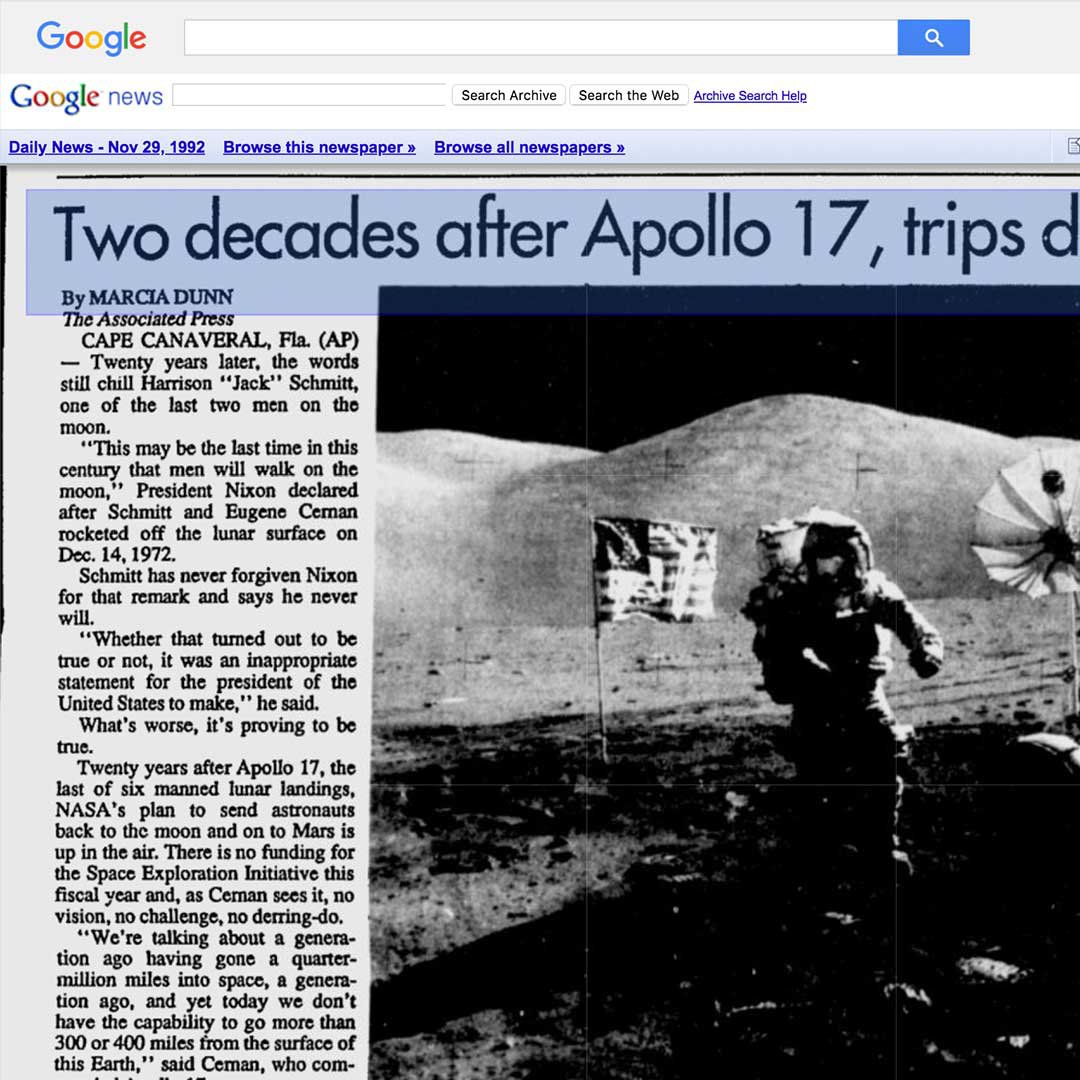Some Known Questions About News Articles.
Some Known Questions About News Articles.
Blog Article
Indicators on News Articles You Need To Know
Table of ContentsNews Articles Can Be Fun For EveryoneThe Greatest Guide To News ArticlesThe smart Trick of News Articles That Nobody is DiscussingLittle Known Facts About News Articles.News Articles - Questions
Great understanding of various subjects provides pupils a competitive side over their peers. Despite the fact that digital and social networks are readily accessible, we ought to not forget how essential it is to read the papers. Moms and dads must try and instill the practice of reviewing a newspaper as an everyday routine to proceed the tradition of the adored print medium.Information stories additionally contain a minimum of among the following vital features about the intended audience: proximity, prominence, timeliness, human passion, peculiarity, or repercussion. The associated term journalese is often made use of, usually pejoratively, to describe news-style writing. One more is headlinese. Papers typically stick to an expository writing style.
Within these restrictions, information stories also intend to be comprehensive. Among the larger and more respected papers, fairness and equilibrium is a significant factor in offering information.
Newspapers with an international audience, for instance, have a tendency to use a more official design of creating. News Articles.; usual design overviews include the and the United States Information Design Publication.
About News Articles
As a policy, journalists will certainly not utilize a long word when a brief one will certainly do. News writers attempt to avoid using the very same word more than once in a paragraph (occasionally called an "resemble" or "word mirror").
Nevertheless, headings often omit the subject (e.g., "Leaps From Watercraft, Catches in Wheel") or verb (e.g., "Pet cat female lucky"). A subhead (likewise subhed, sub-headline, subheading, subtitle, deck or dek) can be either a subordinate title under the major heading, or the heading of a subsection of the post. It is a heading that precedes the major text, or a team of paragraphs of the primary text.

of a short article topic, source, or interviewee), it is described as a pulled quote or pull quote. Added billboards of any of these kinds may appear later on in the article (especially on succeeding web pages) to entice further reading. Journalistic websites often make use of computer animation techniques to swap one billboard for an additional (e.g.
The Best Guide To News Articles
Such signboards are also used as tips to look at this site the article in other areas of the magazine or website, or as ads for the item in other publication or sites. News release of the Swiss government. Regular structure with title, lead paragraph (recap in strong), other paragraphs (information) and get in touch with details.

Instance of a hard-lead paragraph NASA is recommending another area project. The firm's spending plan demand, announced today, included a plan to send one more mission to the Moon. This time around the company intends to develop a long-lasting center as a jumping-off place for other space experiences. The spending plan requests about $10 billion for the job.
An "off-lead" is the 2nd most essential front web page information of the day. To "hide the lead" is to begin the short article with history info or details of second importance to the visitors, forcing them to check out more deeply right into a post than they need to have to in order to discover the essential points.
A Biased View of News Articles
Common use is that a person or more sentences each form their very own paragraph. Journalists usually describe the organization or structure of an information tale as an inverted pyramid. The necessary and most fascinating elements of a story are put at the start, with supporting info complying with in order of lessening relevance.
It permits individuals to view website discover a topic to my link only the depth that their interest takes them, and without the imposition of information or subtleties that they might think about unnecessary, but still making that details available to extra interested visitors. The upside down pyramid structure likewise allows short articles to be cut to any approximate length throughout design, to fit in the area readily available.
Some authors start their stories with the "1-2-3 lead", yet there are many sort of lead readily available. This layout usually starts with a "Five Ws" opening up paragraph (as defined over), adhered to by an indirect quote that offers to sustain a major element of the very first paragraph, and afterwards a direct quote to support the indirect quote. [] A twist can refer to multiple things: The last tale current broadcast; a "happy" story to finish the program.
Longer posts, such as magazine cover posts and the items that lead the within areas of a newspaper, are known as. Feature stories vary from straight news in a number of means.
The smart Trick of News Articles That Nobody is Talking About
A feature's first paragraphs typically associate an intriguing moment or event, as in an "unscientific lead". From the particulars of an individual or episode, its sight promptly broadens to abstract principles concerning the tale's topic.

The Editor's Tool kit: A Recommendation Overview for Beginners and Professionals (2001) Allan M. Siegal and William G. Connolly. The New York City Times Manual of Style and Usage: The Authorities Design Overview Utilized by the Writers and Editors of the Globe's A lot of Authoritative Paper (2002) M. L. Stein, Susan Paterno, and R.
Report this page